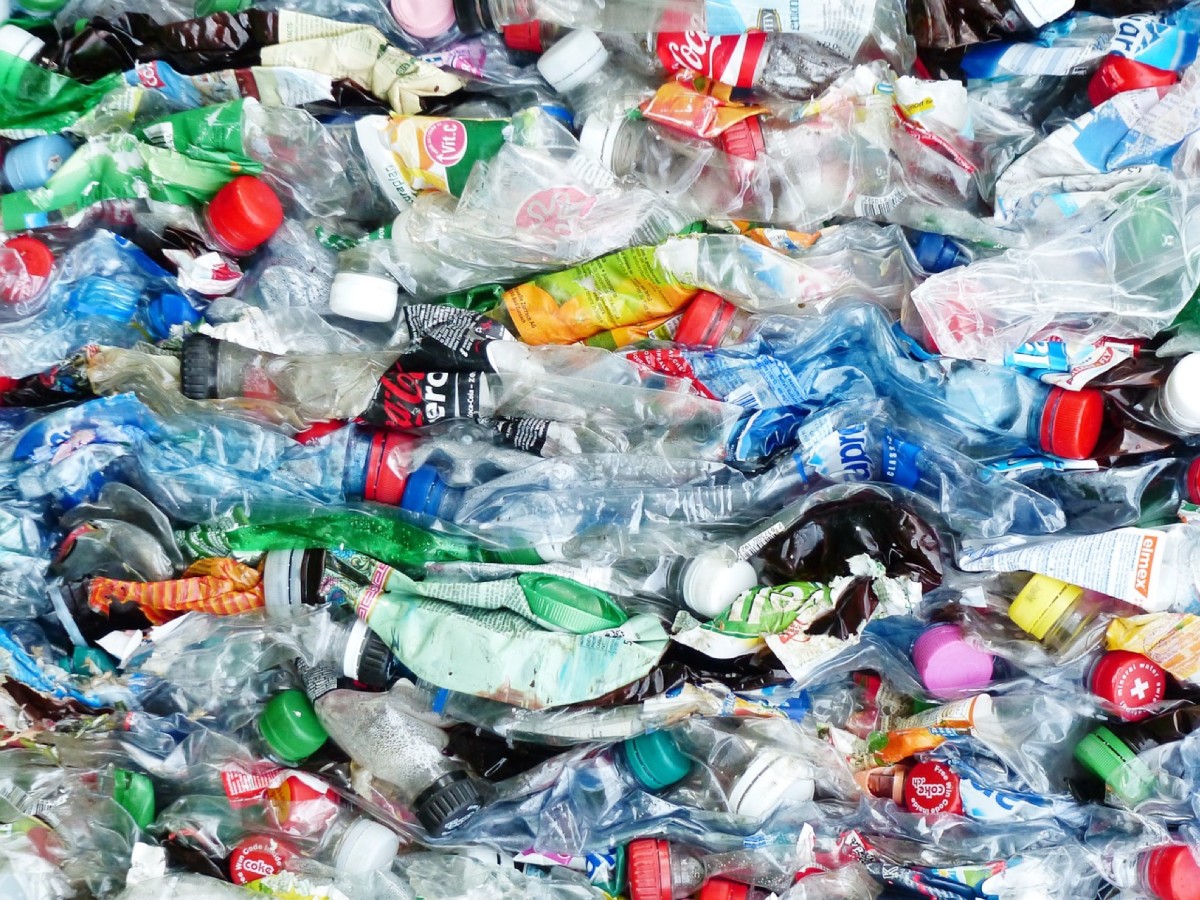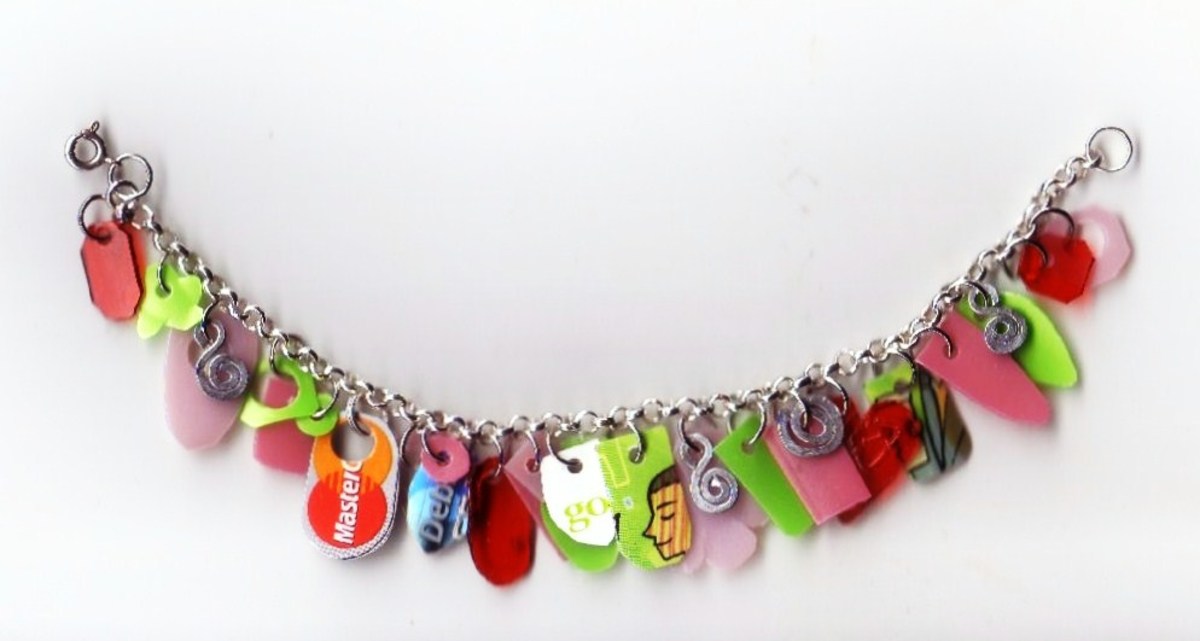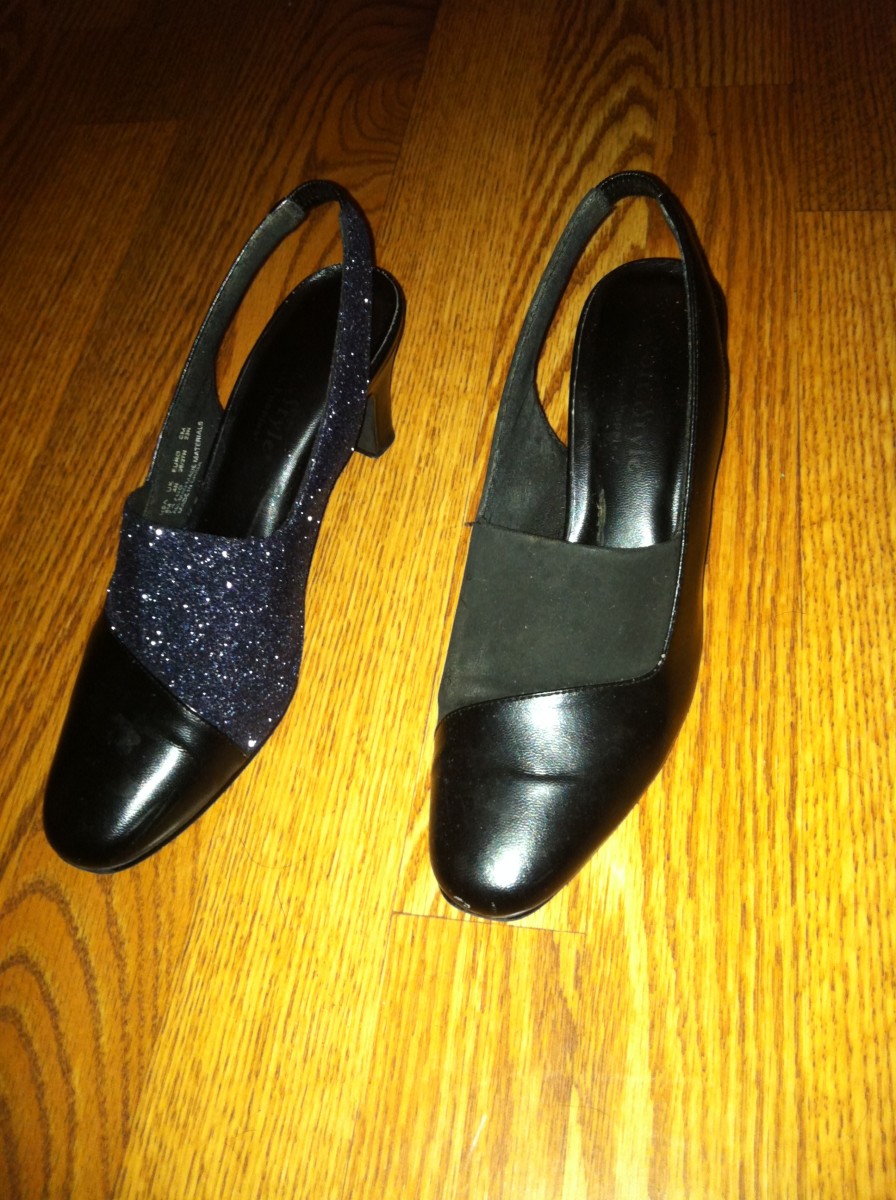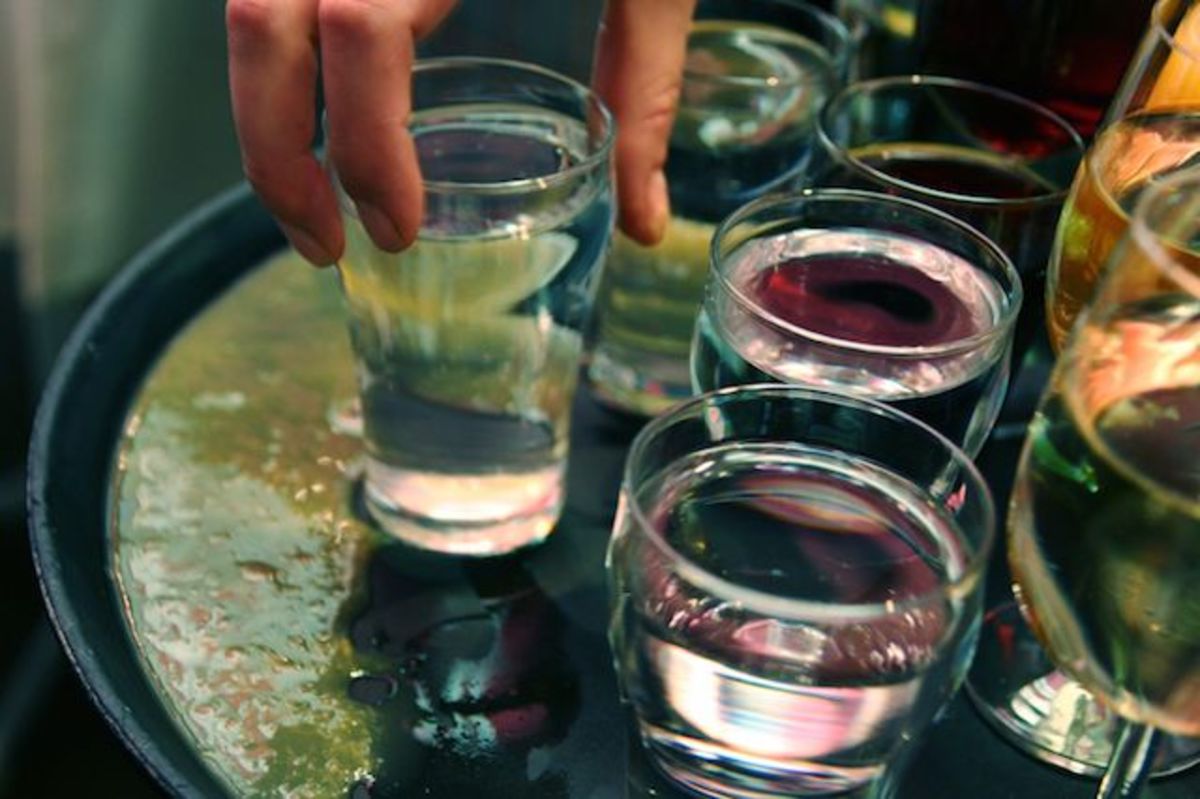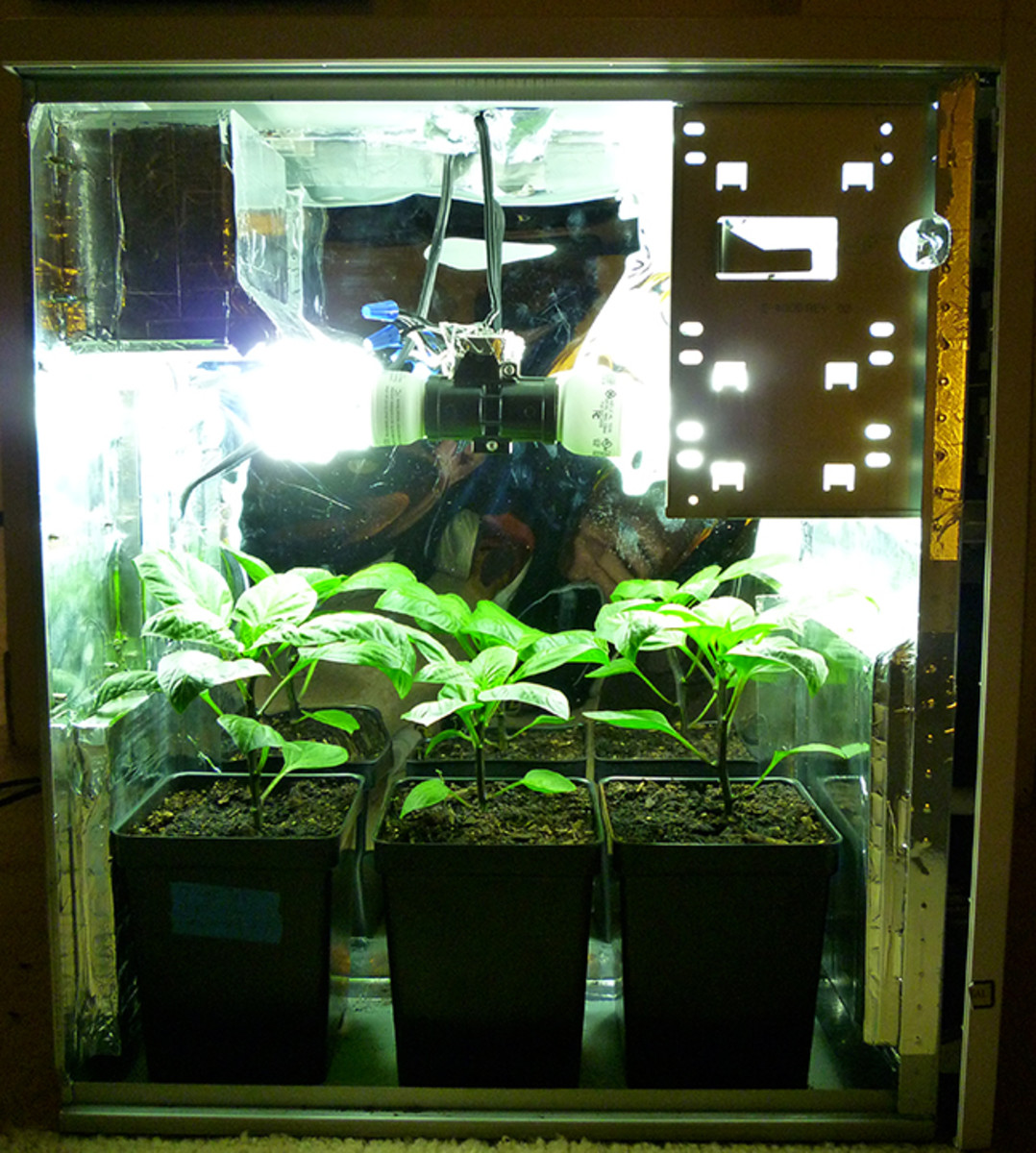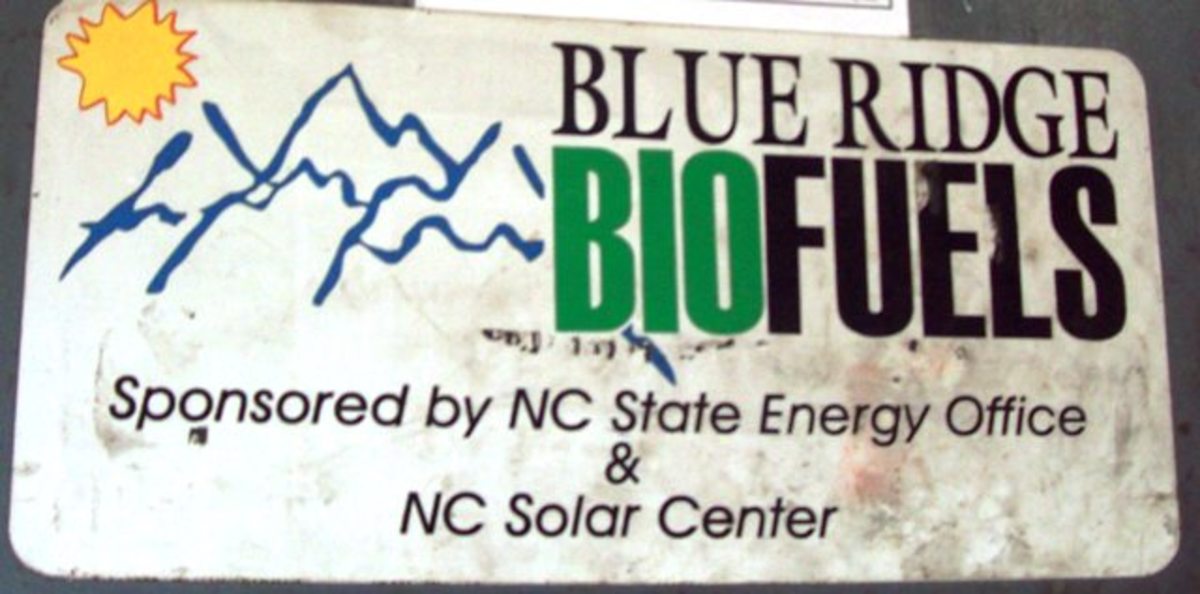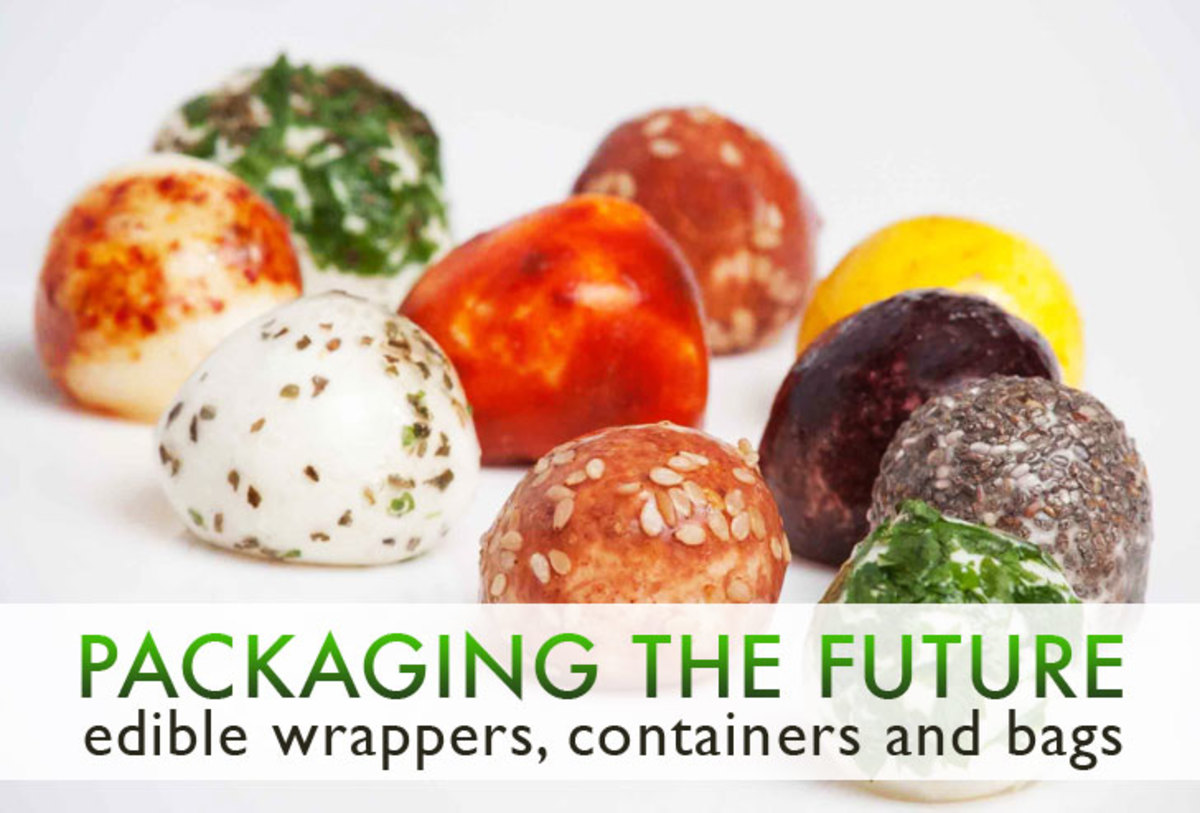Upcycling | Unlocking Green Value with Ecodesign
Upcycling is a term coined by William McDonough and Michael Braungart in the seminal book Cradle to Cradle. In contrast to recycling, where the end product is most of the time of a lower quality that the original input, upcycling seeks to process waste material into new products of equal or higher value. The aim of upcycling is not only to reduce waste and consumption of new materials, but also develop processes that constantly seeks to add value.
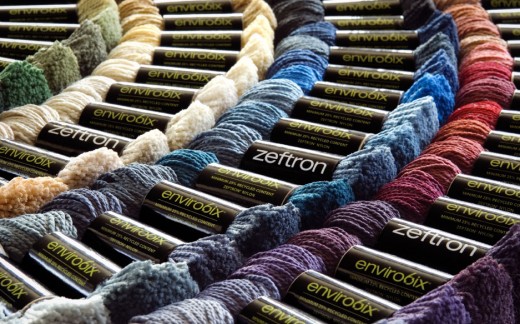
Cradle to Cradle
In the book Cradle to Cradle, William McDonough describes a closed loop process that mimics the operations of the natural world where the waste of one process becomes the resource of another. Hence, the concept of waste is eliminated. In addition, to upcycle means to add value.
In the book, he describes how the process of dyeing fibers, often a pollutive industry,
can be reprocessed to utilize only natural dyes. The resultant waste water that
came out of the factory was even cleaner and of higher environmental quality
than the original intake from the public mains. Upcycling goes hand in hand with regenerative design. Not only was the end product created environmentally friendly and of high quality and value, it also goes towards healing the environment one bit at a time.
Read more about Cradle to Cradle!

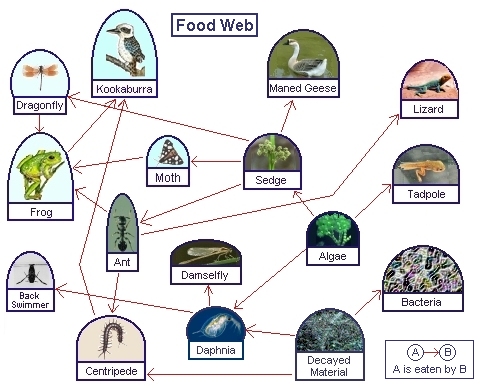
Examples of upcycling
Upcycling processes can be best illustrated through examples. From conventional notions of waste materials and products, either by re-engineering the production process or by using a bit of creativity, we can unlock hidden green value. These processes may not be linear, and may involve multiple networks of flows, but hey, that’s how nature functions. Rather than a food chain, think in terms of a food web.
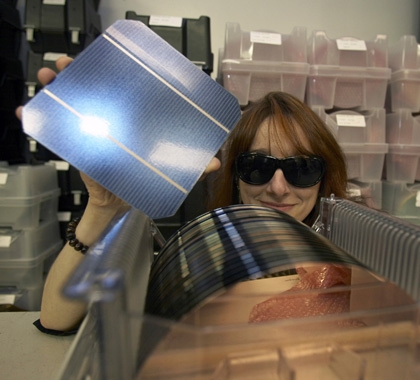
Waste to Solar Energy
Silicon wafers are used to manufacture microelectronic products - mobile phones to computers to consumer electronics. They are also used to monitor and control the steps in the manufacturing process. 250000 of such wafers are used per day and approximately 3.3% of such wafers are scrapped due to errors or flaws. Due to intellectual property of the firms are imprinted on the wafers, they are not sent to external vendors for recycling. Rather, they are either melted down or crushed and sent to the landfill. This amounts to a staggering 3 million discarded wafers.
IBM instead has managed to create a process uses a specialized pattern removal technique to repurpose the scrap wafers to a form used to manufacture silicon-based solar panels. Through the process, these wafers can now be reused for manufacturing calibration or be used to manufacture solar panels.
The upcycling process saves up to 90% of the energy that would have been spent to manufacture new panels. This leads to a reduced carbon footprint, while at the same time increasing production capacity of renewable solar energy.
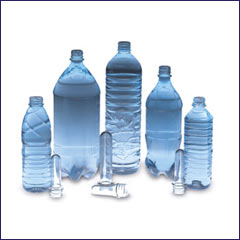
Plastic Bottles to Medical Stents
Conventional drink bottles like those used by Coke and Pepsi use a plastic called PET. PET bottles are a form of low grade plastic that is non-biodegradable. In contrast, PHA is a type of biodegradable plastic that is used in manufacturing of medical tubes like stents. Naturally, the value of PHA - both economically and environmentally is higher than PET. However, PHA has a drawback is that there is currently no way to manufacture it in large quantities.
On the other hand, billions of PET bottles are made each year. The problem is that few are recycled - only 24% of PET bottles were recycled in the US in 2006. In addition, the recycling process simply converts the low value PET bottles into more PET. It forms a catch-22 situation - as it is low in value, there is no economic incentive to recycle, while some may want to recycle PET, but can't find a better use for it.
Currently, research is underway on a process that uses bateria to convert PET to PHA. Laboratory tests have already confirmed the possibility of such environmental alchemy, and are looking to boost the efficiency of the process. In the near future. it's not inconceivable that the humble PET bottle may be used to manufacture medical stents.
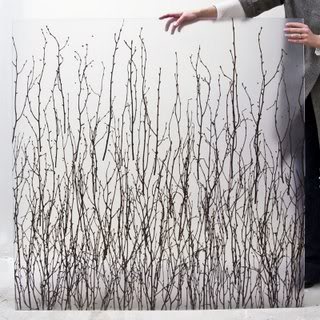
Old Vending Machines to Interior Fittings
Ecoresin is created by a company named 3form. It is a translucent, co-polyester sheet material that is made from waste plastic through a proprietary process. This includes the waster plastic taken from the front of scrapped vending machines and point-of-sale units. They are used for architectural finishings.
Not only are they are lighter than glass, has excellent fire, acoustic and mechanical properties, their layered manufacturing process allows designers to place different materials between each layers, such as petals, leaves and even slices of fruit. Thus, there are unlimited design opportunities for the product. Eco resin panels are easy to fix to walls, floors or kitchen tables tops. Due to the various properties, a product made from waste becomes transformed into a product used in high end interior finishing.

Waste to Art
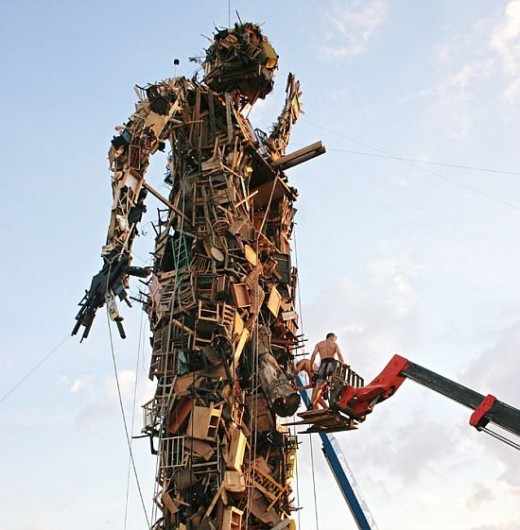
Human creativity knows no limits. With a bit of creative input, ordinary waste materials like plastic bags and paper rolls can become works of art. Perhaps that old belt can be made into a wristlet, wooden pallets made into furniture and old magazines and books made into scrapbooks.
Getting some inspiration


